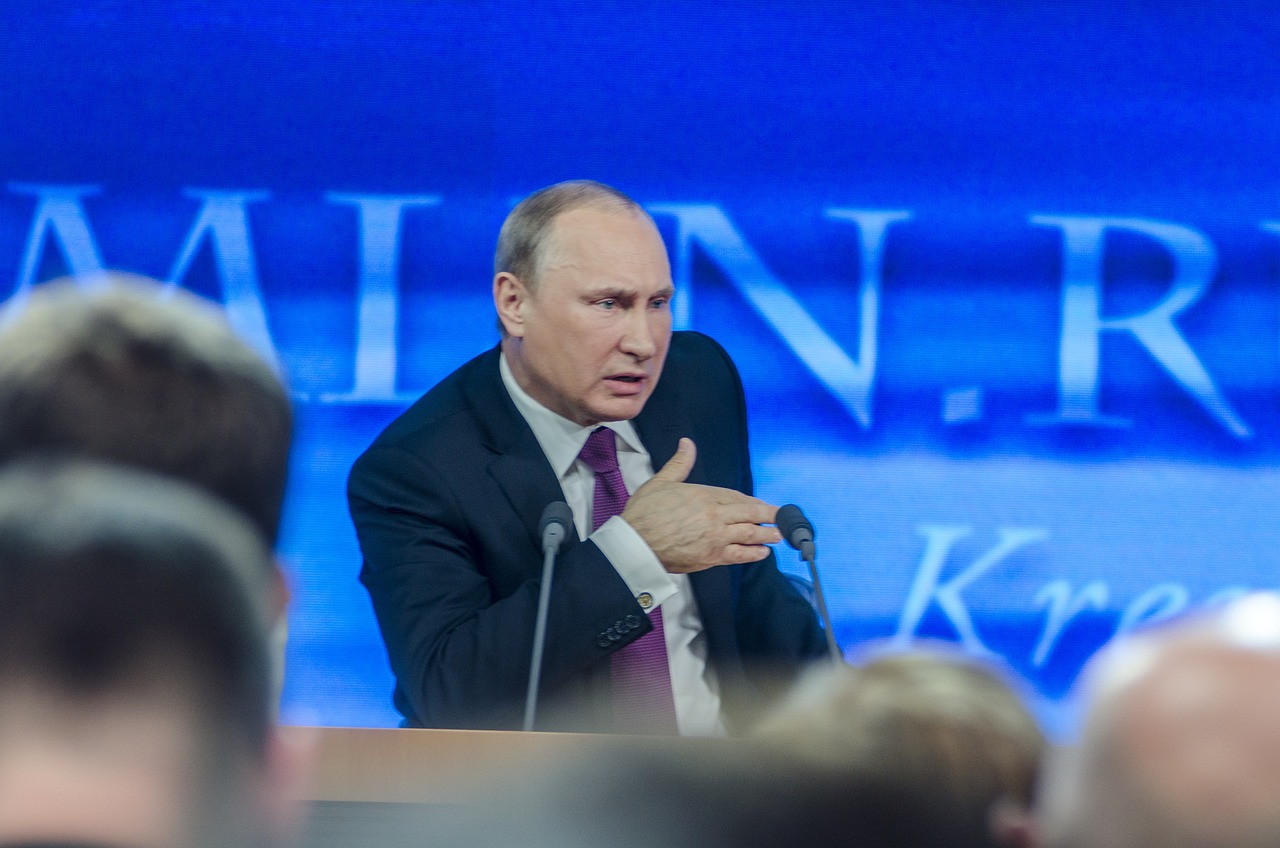Biden’s Exit: who are the White House Contenders and Their Chances

The political landscape is shifting dramatically with Biden’s Exit, creating a whirlwind of speculation and excitement about who will step up next thus the question: Who are the White House Contenders and Their Chances? The White House Contenders include prominent figures from both major parties, such as Kamala Harris, Pete Buttigieg, and Bernie Sanders from the Democrats, and Donald Trump, Ron DeSantis, and Nikki Haley from the Republicans, each with distinct policy positions and strategies.
Their chances of securing the presidency depend on their ability to mobilize their base, appeal to swing voters and navigate the complexities of a highly competitive political landscape.
This sudden departure has ignited a fierce battle among White House Contenders, each vying for the nation’s highest office.
As we navigate this unprecedented moment, the stakes couldn’t be higher. Who among these ambitious candidates will capture the public’s imagination and secure the keys to the Oval Office? From seasoned politicians to emerging figures, the field is wide open, teeming with possibilities and intrigue.
In this comprehensive analysis, we delve into White House Contenders and Their Chances, exploring their backgrounds, policy platforms, and the unique qualities they bring to the race.
With the future of American leadership hanging in the balance, every move and statement by these contenders will be scrutinized. Get ready to uncover the dynamics at play, the strategies in motion, and the potential impacts on the nation’s trajectory. Now is the time to stay informed and engaged, as the quest for the White House unfolds before our eyes..
As each contender vies for the presidency, their distinctive platforms on healthcare, the economy, climate change, and foreign policy will shape their chances, making this an election season marked by intense competition and transformative potential
Biden’s Exit
Joe Biden’s exit marks a pivotal moment in American history. His tenure, characterized by significant legislative achievements and formidable challenges, leaves a complex legacy.
The abruptness of his departure has left both his supporters and critics contemplating the future trajectory of the nation. As the dust settles, the question arises: who will step into the vacuum left by Biden?
Impact of Biden’s Exit on the Political Landscape
Biden’s exit is more than a mere political event; it is a seismic shift with far-reaching implications.
His departure reshapes the dynamics within both the Democratic and Republican parties, while also opening the door for third-party and independent candidates.
The political landscape is now a battleground where established figures and rising stars vie for dominance, each presenting distinct visions for America’s future.
Historical Context: Presidential Exits and Their Consequences
Historically, the exit of a sitting president has often been a catalyst for significant change. From George Washington’s farewell address to Lyndon B.
Johnson’s decision not to seek re-election, these moments have often ushered in new eras of policy and governance. Biden’s exit, therefore, must be viewed within this broader historical framework, offering insights into the potential long-term consequences for the nation.
Top Contenders for the White House
The race for the White House is now a wide-open field, teeming with potential leaders from across the political spectrum.
Each contender brings a unique blend of experience, ideology, and charisma. This section explores the top contenders, dissecting their backgrounds, policy platforms, and electoral strategies.
Why Each Contender Stands Out
Understanding what sets each contender apart is crucial for predicting their chances of success. From policy proposals to personal narratives, the distinguishing features of each candidate will be analyzed, highlighting the strengths that could propel them to victory.
Top Democratic Party Contenders
Kamala Harris: The Natural Successor?
Party’s potential candidates in the wake of Joe Biden’s exit. Harris’s tenure as Vice President has provided her with significant visibility and a platform to influence key domestic and foreign policy issues.
According to recent polls, Harris’s favorability among Democratic voters remains robust, though it fluctuates based on specific issues and demographics.
As of the latest data, her approval rating within the party hovers around 55%, reflecting a solid base of support.
However, her overall electability is a topic of considerable debate, with general election matchups showing her competitive but not overwhelmingly dominant against potential Republican contenders.
In head-to-head polls against figures like Donald Trump and Ron DeSantis, Harris tends to secure approximately 47-50% of the vote, indicating a close and potentially contentious race.
Her chances are bolstered by strong backing from key demographics, including African American voters and women, but she faces challenges in broadening her appeal to more centrist and independent voters.
Harris’s campaign strategy will need to emphasize her experience and policy achievements while addressing areas of vulnerability to solidify her path to the Democratic nomination and ultimately the presidency.
Pete Buttigieg: The Rising Star
Pete Buttigieg, currently serving as the U.S. Secretary of Transportation and former mayor of South Bend, Indiana, has rapidly ascended as a prominent figure among the Democratic Party’s top contenders.
Buttigieg’s articulate communication style, youthful energy, and pragmatic approach to progressive policies have earned him widespread recognition and support.
According to recent polling data, Buttigieg enjoys a favorability rating of around 50-53% among Democratic voters, positioning him as a significant player in the race.
His appeal is particularly strong among younger voters, urban populations, and those who prioritize infrastructure and technological innovation.
In general election matchups, Buttigieg consistently polls in the mid to high 40s percentage-wise, indicating a competitive edge but also highlighting the need for further outreach to undecided and independent voters.
His ability to attract a broad coalition, including moderates and progressives, enhances his viability as a candidate.
However, Buttigieg faces challenges, such as increasing his name recognition in rural areas and addressing skepticism from some older and more traditional Democratic constituencies.
His campaign’s success will depend on leveraging his policy expertise, especially in infrastructure and transportation, and effectively communicating a vision of inclusive progress and unity to capture the Democratic nomination and ultimately win the presidency.
Elizabeth Warren: The Progressive Powerhouse
Senator Elizabeth Warren’s unwavering commitment to progressive ideals and her detailed policy plans have solidified her status as a powerhouse within the Democratic Party.
Her candidacy will likely focus on issues such as economic inequality, healthcare reform, and corporate regulation. Warren’s ability to galvanize the progressive base while attracting moderate voters will be crucial to her success.
Bernie Sanders: The Persistent Challenger
Bernie Sanders remains a persistent and influential figure in American politics. His advocacy for democratic socialism and policies like Medicare for All continue to resonate with a substantial segment of the electorate.
Sanders’ campaign will emphasize his consistency and long-standing commitment to social justice, aiming to mobilize a grassroots movement once again.
Republican Party Contenders
Donald Trump: The Return Attempt
Donald Trump, the former President, remains a polarizing yet potent figure in the Republican Party as he contemplates a return attempt for the White House.
His stronghold on the GOP base is evident, with recent polls indicating a favorability rating of approximately 80% among Republican voters, underscoring his continued dominance in the party.
In hypothetical primary matchups, Trump consistently secures around 50-60% of the vote, far outpacing potential rivals like Ron DeSantis and Mike Pence, who trail significantly with support ranging from 15-25%.
In general election polls, Trump remains a formidable contender, polling in the high 40s against likely Democratic candidates such as Kamala Harris and Pete Buttigieg, although his polarizing nature results in high unfavorable ratings among the broader electorate.
His base remains loyal, but his path to reclaiming the presidency hinges on expanding his appeal beyond his core supporters.
Trump’s campaign will likely focus on his previous administration’s economic achievements and strong stance on immigration and foreign policy while addressing the controversies and criticisms that marked his tenure.
His chances are bolstered by a deeply divided electorate, but the outcome will depend on his ability to sway undecided voters and mitigate the impact of ongoing legal and political challenges.
Ron DeSantis: The New Conservative Favorite
Florida Governor Ron DeSantis has rapidly ascended as a favorite among conservative voters. His handling of the COVID-19 pandemic and his stance on cultural issues have earned him significant support. DeSantis’ ability to maintain his conservative credentials while appealing to a broader electorate will be a critical factor in his campaign.
Nikki Haley: The Diplomatic Force
Former U.N. Ambassador Nikki Haley brings a wealth of diplomatic experience and a compelling personal narrative to her candidacy. Her tenure as Governor of South Carolina and her international experience position her as a seasoned and capable leader. Haley’s campaign will likely focus on foreign policy, national security, and unifying a divided nation.
Mike Pence: The Loyal Vice President
Mike Pence’s loyalty to the Trump administration and his deep-rooted conservative values make him a significant contender. His campaign will likely emphasize his experience and commitment to traditional Republican principles. Pence’s ability to differentiate himself from Trump while maintaining the support of the Trump base will be a key challenge.
Third-Party and Independent Contenders
Andrew Yang: The Tech Entrepreneur
Andrew Yang’s innovative ideas and emphasis on technology-driven solutions have garnered a dedicated following. His advocacy for universal basic income and his focus on the future of work resonates with many voters disillusioned with traditional politics. Yang’s challenge will be to translate his grassroots support into a viable national campaign.
Tulsi Gabbard: The Maverick Candidate
Tulsi Gabbard’s independent streak and her willingness to challenge party orthodoxy make her a unique contender. Her focus on non-interventionist foreign policy and civil liberties sets her apart from other candidates. Gabbard’s ability to appeal to voters across the political spectrum will be crucial to her campaign’s success.
Potential Dark Horses in the Race
Gretchen Whitmer: The Governor with Grit
Michigan Governor Gretchen Whitmer’s leadership during the COVID-19 pandemic and her focus on infrastructure and healthcare have earned her national recognition. Her candidacy would likely emphasize her executive experience and her commitment to pragmatic governance. Whitmer’s ability to connect with voters in key swing states will be a critical factor.
Josh Hawley: The Populist Senator
Senator Josh Hawley’s populist rhetoric and his stance on issues like big tech and economic nationalism resonate with many conservative voters. His campaign will likely focus on challenging corporate power and advocating for working-class Americans. Hawley’s ability to broaden his appeal beyond his core base will be essential for his success.
Policy Platforms of Each Contender
Healthcare: Plans and Proposals
Healthcare remains a pivotal issue in American politics. Each contender’s proposals for addressing healthcare access, affordability, and quality will be examined, highlighting the key differences and potential impacts of their plans.
Economy: Visions for Growth and Stability
Economic policy is a cornerstone of any presidential campaign. This section will explore the economic visions of each contender, focusing on their plans for job creation, tax policy, and economic stability.
Climate Change: Strategies for a Sustainable Future
Climate change is an urgent and contentious issue. The strategies and proposals of each contender for addressing climate change and promoting environmental sustainability will be analyzed, considering both the feasibility and the potential impact of their plans.
Foreign Policy: Approaches to Global Leadership
Foreign policy shapes America’s role on the global stage. The approaches of each contender to international relations, military engagement, and global leadership will be scrutinized, highlighting their visions for America’s future in a rapidly changing world.
Campaign Strategies and Key Issues
Fundraising Efforts: Who’s Leading the Pack?
Fundraising is a critical component of any successful campaign. This section will examine the fundraising efforts of each contender, identifying who is leading the pack and the strategies they are employing to secure financial support.
Debate Performances: Memorable Moments
Debate performances can significantly influence public perception. Key moments from debates will be highlighted, showcasing how each contender handles the pressure and articulates their vision.
Media Presence: Leveraging News and Social Media
In the digital age, media presence is paramount. The strategies each contender uses to leverage news outlets and social media platforms will be explored, highlighting their ability to connect with voters and shape the narrative.
Public Perception and Polling Data
Current Poll Rankings: Who’s Ahead?
Polling data provides a snapshot of the race’s current state. The latest poll rankings will be analyzed, identifying who is leading and what the trends suggest about the evolving dynamics of the campaign.
Voter Sentiment: What the Public Thinks
Understanding voter sentiment is crucial for any campaign. This section will delve into what the public thinks about each contender, examining factors such as favorability, trust, and key issues influencing voter opinions.
Swing States: Battlegrounds to Watch
Swing states often determine the outcome of presidential elections. The key battleground states will be identified, and the strategies each contender is employing to win over these critical regions will be analyzed.
Challenges and Controversies
Scandals: Past and Present
Scandals can derail a campaign. The past and present controversies surrounding each contender will be examined, assessing their impact on the candidates’ public perception and electoral prospects.
Policy Criticisms: Points of Contention
Policy proposals often face criticism from various quarters. The major criticisms of each contender’s policy platforms will be explored, highlighting the points of contention and the candidate’s responses to these critiques.
Final Predictions and Analysis
Who Has the Edge: Expert Opinions
Expert opinions provide valuable insights into the likely outcomes of the race. This section will compile and analyze predictions from political analysts, identifying who has the edge in the race for the White House.
Conclusion
Biden’s exit marks a significant turning point in American politics. The potential long-term implications for the political landscape, party dynamics, and policy directions will be considered, offering a comprehensive view of what lies ahead.









